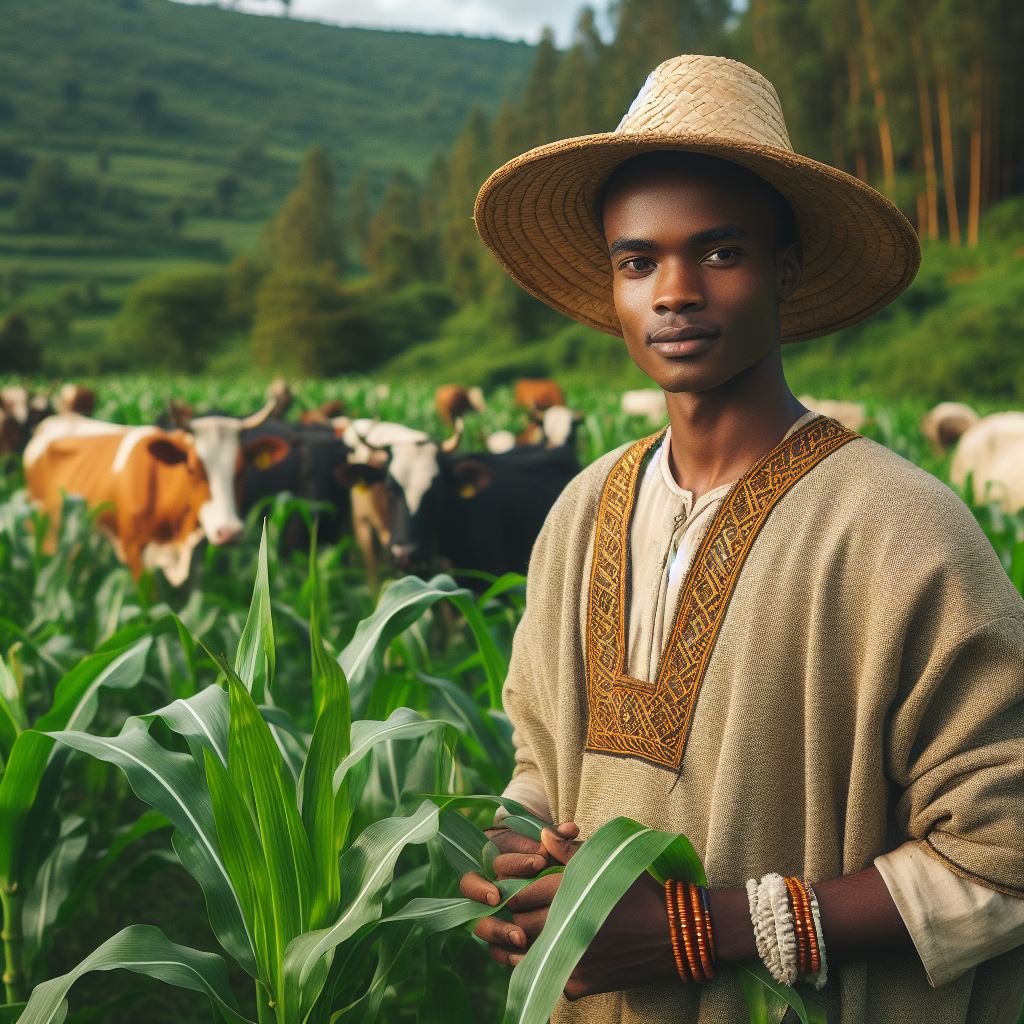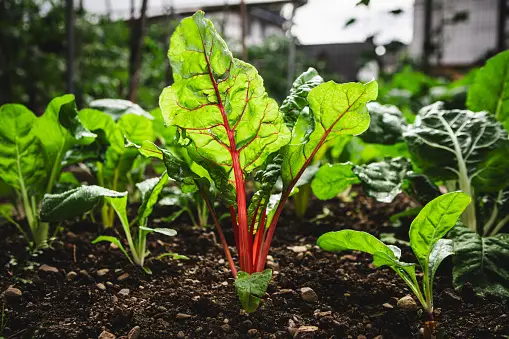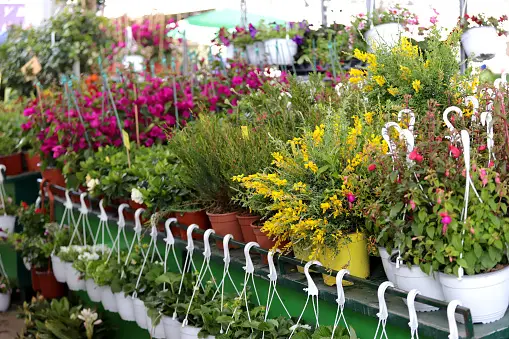This Blog Seeks To Help Farmers in Kenya Decide Between Crop Farming and Livestock Keeping in Kenya.
Moo or Mow? Deciding Between Animal Husbandry and Crop Production for Your Farm
1. Understanding the Basics
Animal Husbandry
- Definition: Animal husbandry refers to the way a farmer or rancher interacts with livestock. It encompasses all activities directly involving the animals, such as milking cows, feeding sheep, and moving pigs.
- Focus: The primary focus is on animal care and well-being.
- Examples: Tending to the health, nutrition, and overall welfare of your livestock falls under animal husbandry.
- Vital Skill: Good animal husbandry is essential for maintaining healthy and productive animals.
Livestock Farming
- Definition: Livestock farming involves raising animals for income. These animals are not viewed as pets; they are workers on the farm.
- Focus: Decisions are made with production and profitability in mind.
- Examples: Keeping animals for market purposes, breeding, or culling (when an animal is no longer productive) falls under livestock farming.
- Considerations: Expenses like feed, fencing, vet care, and infrastructure must be balanced against eventual sales.
2. Key Challenges and Considerations
Physical Demands
- Challenge: Farming requires physical stamina. Consider your own limitations and adapt your practices accordingly.
- Solution: Delegate tasks, use appropriate tools, and prioritize self-care.
Weather Uncertainties
- Challenge: Adverse weather conditions can lead to crop failure or affect animal health.
- Solution: Have contingency plans, diversify crops, and build resilient systems.
Market Instability
- Challenge: Fluctuations in crop prices and market demand can impact profitability.
- Solution: Stay informed, explore diversification, and manage risks.
Financial Challenges
- Challenge: Balancing initial investments (land, equipment) with retirement savings.
- Solution: Seek financial advice, create a budget, and plan for long-term sustainability.
Learning Curve
- Challenge: Transitioning from office life to farming requires new skills.
- Solution: Attend workshops, learn from experienced farmers, and embrace lifelong learning.
Social Isolation
- Challenge: Farming can be solitary work.
- Solution: Join local farming communities, attend fairs, and build a support network.
Sustainability
- Challenge: Balancing productivity with ecological responsibility.
- Solution: Prioritize sustainable practices—organic fertilizers, water conservation, and biodiversity.
Crop Farming
-
1. What Are Crops?
In the realm of agriculture, a crop refers to a plant or plant product that can be extensively grown and harvested for various purposes. These purposes include both profit and subsistence. Crops play a vital role in feeding humanity, providing raw materials, and supporting livelihoods.
2. Types of Crops
Crops can be categorized based on their use and characteristics:
a. Food Crops
- Purpose: These crops are cultivated for human consumption.
- Examples: Wheat, rice, potatoes, corn, and various fruits and vegetables.
- Role: They form the foundation of our diets, providing essential nutrients and sustenance.
-
b. Feed Crops
- Purpose: These crops are grown to feed livestock.
- Examples: Oats, alfalfa, and other forage crops.
- Role: Feed crops sustain animals, ensuring their health and productivity.
-
c. Fibre Crops
- Purpose: These crops yield materials for cordage and textiles.
- Examples: Cotton, hemp, and flax.
- Role: Fibre crops contribute to clothing, fabrics, and industrial products.
-
d. Oil Crops
- Purpose: These crops provide oil for consumption or industrial use.
- Examples: Cottonseed, corn, soybeans, and sunflower.
- Role: Oil crops are essential for cooking, biofuels, and manufacturing.
-
e. Ornamental Crops
- Purpose: These crops enhance landscape gardening and aesthetics.
- Examples: Dogwood, azalea, and other decorative plants.
- Role: Ornamental crops beautify our surroundings and bring joy.
-
f. Industrial and Secondary Crops
- Purpose: These crops serve various personal and industrial needs.
- Examples: Rubber, tobacco, and medicinal herbs.
- Role: They contribute to diverse sectors, from medicine to manufacturing.
-
3. The Role of Crop Farmers
Crop farmers, also known as agricultural producers, specialize in cultivating crops. Their responsibilities include:
- Growing: Planting seeds, nurturing crops, and ensuring optimal growth conditions.
- Harvesting: Timing the harvest to maximize yield and quality.
- Managing Resources: Efficiently using land, water, and nutrients.
- Adapting to Climate: Dealing with weather uncertainties and adapting practices accordingly.
- Sustainability: Balancing productivity with ecological responsibility.
-
4. The Global Impact of Crop Farming
- Employment: Agriculture provides jobs for approximately 1.3 billion smallholders and landless workers worldwide.
- Food Security: About 80% of the world’s food is produced on family farms operated by and reliant on family labor1.
- Economic Development: Increases in crop production are crucial for ending hunger and promoting economic growth2.
-
Conclusion - Choosing between crop farming and livestock keeping or both is a hard decision that everyone considering getting into agriculture must consider at some point. Making the right choice in this regard can greatly determine the success of your agricultural activities or its failure.


























